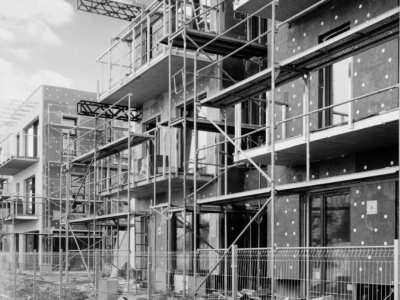A day or so after I had pressed the “send” button to file this column last month, the Bank of England delivered its second interest rate surprise in the space of two months.
The first, you may recall, was on the eve of Bonfire Night when, with the City primed for an increase in rates, the Bank sat on its hands, deciding that there was no case then for an increase in interest rates.
The second came a few weeks later, on December 16.
This time the surprise was in the opposite direction.
Most Bank-watchers expected that, with Covid cases surging because of the Omicron variant, the Bank would again decide to do nothing, despite soaring inflation.
After all, since being granted independence in 1997, it had never raised interest rates in December, perhaps for fear of spoiling too many borrowers’ Christmases.
It happened; Bank Rate being increased from 0.1% – a record low – to 0.25%.
And, while the markets have been caught out before, as noted, the expectation is that it will happen again on February 3, with the rate being lifted again to 0.5%.
After that, economists are split on whether there will be just one more rate rise later in the year, which would take the rate to its pre-pandemic level of 0.75%.
Or, as some think, the Bank will be more hawkish than that, with two or three more rate rises, and an end-year level of 1% or 1.25%.
That would be significant, for it would mean that official interest rates had broken out of the narrow range that they have been in since the financial crisis.
Since March 2009, when Bank Rate was cut to 0.5% – then an all-time low – it has never been above 0.75%.
That was not expected at the time.
Members of the Bank’s monetary policy committee in 2009, thought they were establishing an emergency level of rates, not one that would prevail for more than a decade.
All expected rates to rise to some kind of normal level, perhaps not 5% but certainly 2% or 3%, within a year or so.
It did not happen, but it seems likely that, if not this year, rates will soon rise above their post-crisis low.
In terms of history that will still mean that interest rates would still be very low.
Until early 2009 Bank Rate, which has been around for more than 300 years, had never been below 2%.
What will higher rates mean for the housing market?
In its latest Credit Conditions Survey, the Bank of England reported that lenders said the availability of mortgages had increased in the final three months of last year and would increase further in the first quarter of 2022.
However, lenders reported a softening of mortgage demand, and expected that to persist early this year.
That is not a story about interest rates but, rather about the unwinding of some of the special factors that stimulated mortgage of 2021, most notably the cut in stamp duty, which came to an end on September 30.
That, as noted here before, should wash through reasonably quickly.
As for interest rates, if they follow the expected pattern, and rise only modestly, as financial markets expect, the housing market should be able to take that in its stride.
Mortgage availability, as the Bank’s survey pointed out, is still good. Competition among lenders will have the effect of keeping mortgage rates low even as official interest rates go up.
A problem would emerge if interest rates were forced up by much more.
Older readers, who remember much higher interest rates in the past, will both be persistently amazed at the low rates we have, and wonder that we worry that Bank Rate could, at some stage, rise to 3% or 4%.
That would provoke a severe bout of indigestion for the housing market.
Fortunately, it does not appear to be on the horizon, at least for the next couple of years.
Finally, are we seeing the first signs of a realignment in the market?
The story of recent times has been of a depressed London market and everywhere else doing pretty well.
The latest e.surv Acadata house price index suggests that this may be starting to shift.
The index, which uses Land Registry data, showed that the market remained strong at the end of last year but that the balance shifted.
So, prices in the South East showed a 7.6% annual rise, behind only Wales and the West Midlands. With London just behind at 7.1%.
London and the South East were ahead of the East of England, the South West, the North West, the North East, the East Midlands and Yorkshire & the Humber.
This is one to watch, and which I shall return to.





















Comments